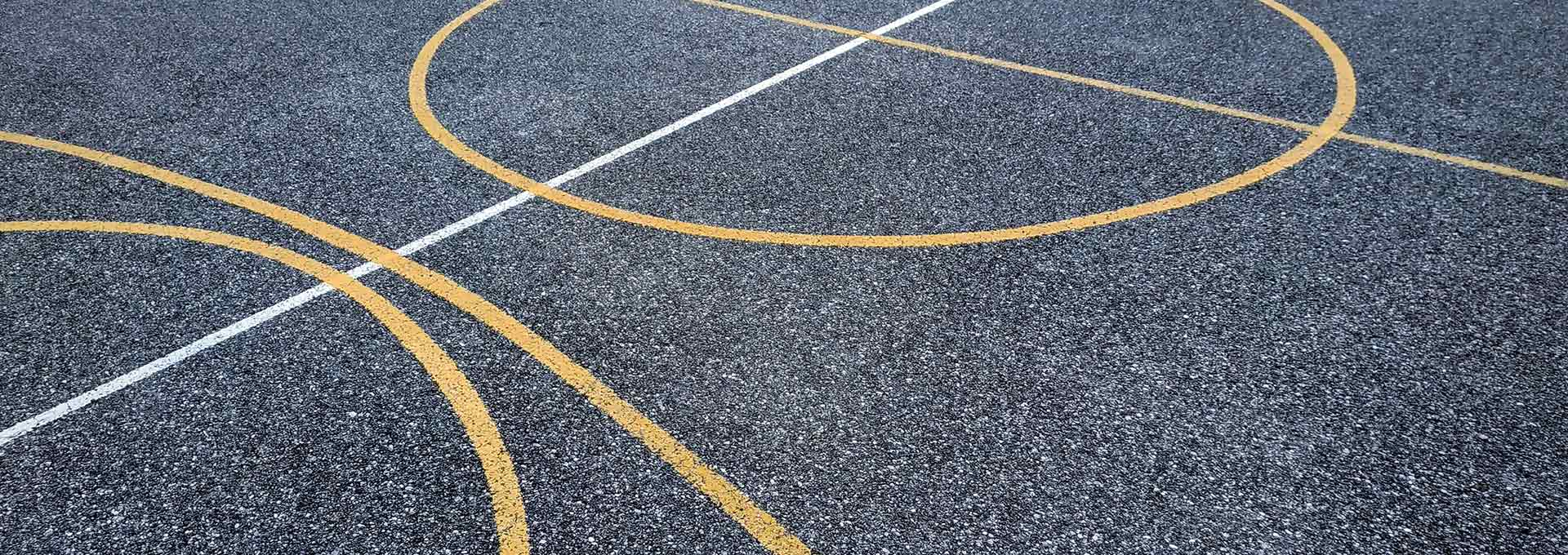
Resources
Seed Grant Awardee: Robert LiKamWa
Robert LiKamWa | School of Arts Media and Engineering
Individual coaching for athletes at all levels provides critical training to build the foundation for better biomechanical patterns of movement; supporting longevity, safety and effective habits that ensure success across the range of sports. Somatic modalities of movement re-education are well established training ‘technologies’ among musicians, actors and dancers - a community of people like athletes, who must practice continuously to learn and improve. Somatic awareness education is integrated into some athletic programs; greater exposure to this approach to training can create desired outcomes: skilled improvement, fewer injuries, and raised confidence - physical, mental and emotional.
Coaching must be highly individualized; physical control of a movement must be tailored to deeply habitual patterns of an individual athlete, having walked, run, or jumped in specific patterns their entire lives. We see opportunities to extend the benefits of individual coaching: (i) Observing athletic motion is difficult for the coach and the athlete. There are many parts of the body to focus on, such that close observation of any one part would ignore other aspects of a movement. (ii) Athletes are limited to coaches that are near their geographic location. This prevents accessibility of otherwise successful athlete-coach pairs. (iii) Individualized instruction only affects one athlete at a time. Other athletes can look on during an instruction for their benefit, but would be unable to observe the close movements that create safe and effective behavior.
To advance kinesthetic and spatial awareness coaching past current limitations, we propose an augmented reality system for coaches to provide feedback towards safe and effective movements. We will develop software and hardware to capture athlete movement through a depth camera on a tripod, tracking a 3d “point cloud” of an athlete’s body as it moves. Coaches will then wear a holographic headset to observe the point cloud, including walking around the point cloud for perspective. Coaches can freeze, rewind, and playback actions through an interactive visualization. This will include the ability to annotate specific body positions and movements. Athletes will visualize feedback on a nearby screen.
Read the final paper from this GSI-funded project here.
Last Updated July 2021.